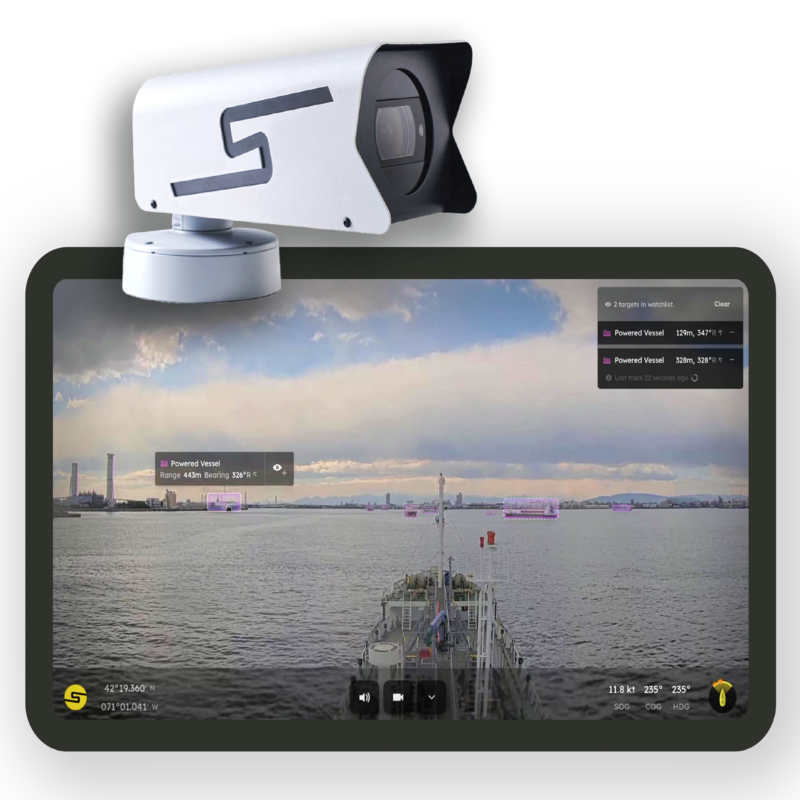Autonomous self-piloting pattern and waypoint transit capabilities relieve mariners from manually executing planned routes, with greater precision and predictability. Autonomous marine systems also enable optionally manned or autonomous-assist (reduced crew) modes that can reduce mission delays and maximize effort. This is an important feature for anyone performing time-sensitive operations, such as on-water search-and-rescues or other urgent missions. Autonomy can improve the speed and accuracy of predefined and repetitive routes, and can reduce cross-track errors (XTE).
Planned patterns can be saved for repeat use and data is collected in real-time and stored for analytics and reporting.

